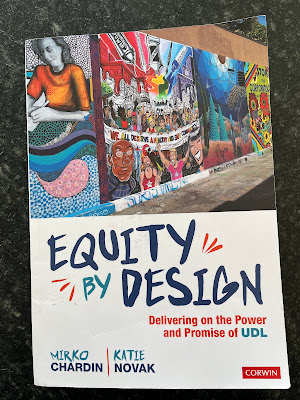Writing Engagement Soars with Current Events Podcast Routine!
Let's start with the bad news: Over the last two years, teachers have observed even lower engagement than usual during writing activities. Students seem to struggle with standard writing routines, scaffolds and assignments that worked in the past. In younger grades, letter formation is less automatic, requiring more explicit instruction, taking chunks of students' mental and physical energy. And in upper grades, fluent expression of ideas is dragging - perhaps suggesting student knowledge and vocabulary gaps. Or is it lack of motivation and stamina? Gathering data from regular 3-minute writing prompts and analyzing other samples of student writing across content can provide a teacher with valuable insight; as they continue asking questions and looking for answers, a focus/shift occurs - from student performance to instructional response: How can I make writing tasks more supportive and engaging - in order to move this critical visible thinking skill forward?
That's the good news: Teacher Moves. Using a data inquiry cycle, teachers can make small shifts in how they teach, in this case writing, to see what sparks students' interest and promotes critical thinking. Yes, we may all imagine that a shiny, new program will provide the magical answer - but in all honesty, the "teacher-as-scientist" is the most powerful instructional ingredient that empowers teaching and learning. Lisa Fink, accomplished educator and project manager for ReadWriteThink, explains,
"When I approach kids, I'm curious. I study. I collect information. I hypothesize, and I experiment with my practice to meet their needs. (Lisa Fink)
This past week, I was invited into Bob Myer's 5th grade ELA/humanities classroom to see the result of his own experiment. While finishing trimester 2 reports, Bob reflected on his students' writing growth. Yes, some had made progress, but not enough; he questioned their engagement and motivation. He started digging in, researching while wondering how he could fit in more daily writing practice, as well as connect to relevant social studies content. And then, he discovered KidNuz, a free current events podcast, whose mission is to
Engage the next generation with news that will inform without fear and educate without opinion. Why? Because kids are curious, the world is fascinating and knowledge is power! (KidNuz mission)
The discovery of KidNuz led to a new daily practice for both his 5th and 6th grade classes (below). Due to this 15/20-minute routine, students are writing daily with more engagement, purpose and voice. Additionally, the news stories are relevant and have many curricular connections.
KidNuz Writing
- (Teacher) Preview epidsode in today's KidNuz; think about context/vocabulary students might need; decide on a possible prompt, focusing on one or two of the stories. (Bob has a set of routine prompts, such as "Do you agree/disagree with ___," "What would you do," letter writing, summary, etc. Bob has a bit of a commute, so he does this planning on the drive 😉)
- (Students) To get ready, students get out their writing journal/pencil.
- (All): Listen to the episode (3-5 stories, plus fun quiz; approx. 5-7 min.); (Teacher) While the kids listen, take a few notes on the board.
- (Teacher) Check if students have any question question about names, agencies, etc., in the stories.
- (Teacher) Facilitate discussion/check for understanding; introduce prompt (prompt on the board)
- (Students) write in journals (approx. 7 min.)
- (Students/In small groups): Short table discussion of their ideas
What I observed - a totally engaged classroom; students actively listening, writing, discussing, using vocabulary in their writing and speaking, asking their own questions, and even respectfully disagreeing. I saw a teacher equally engaged, scaffolding the story content with notes on the board and crafting a purposeful prompt. This was an educator experimenting. A post-lesson chat revealed the ease of prep for this daily routine; teacher energy is preserved for the professional work of fully tuning in to his students.




Comments
Post a Comment